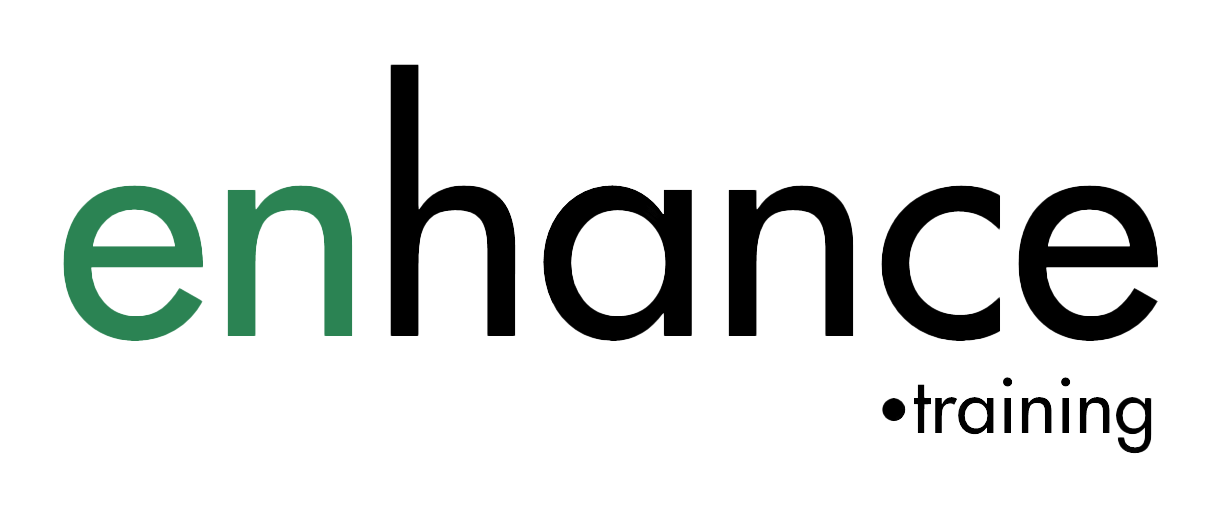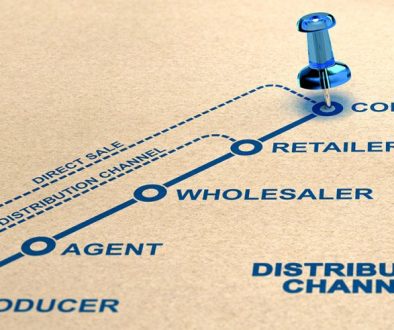The words pricing strategy make many of us shudder or think that it is just business jargon that large companies worry about. Unfortunately, this is not the case and, in this article, we are going to explore five eye-opening reasons why your business will thank you if you give pricing strategy the attention it deserves. Five reasons that will make you want to get your pricing strategy right.
Pricing is one of the classic “4 Ps” of marketing (product, price, place, promotion) and whilst we love pouring over the other 3, pricing often gets left out or left until last, almost as an afterthought.
There are at least 7 different pricing strategies to choose from and which one, or combination of them you choose will have an impact on every other element of your business.
So why is it so important to get it right? Surely a best guess will do? What difference can a clear pricing strategy really make?
LEARN YOUR WAY:
A pricing strategy can: make you more profit
Price is the element in your business that has the biggest impact on profits. Increased sales and distribution are good if they are profitable. Once you have a distribution base, it is pricing that really makes or breaks your business. In a study by McKinsey & Company, they found that a price increase of 1% lead to an increase of 8% in Gross Profit.
It sounds obvious but if you price too cheaply, you will not make enough money, not have enough cash in your business to survive or to invest in the things you want or need to. The scary thing is that many people do not even realise that they are pricing too cheaply; they see the sales come in and assume that their business is doing well. However, your business might not be doing as well as you think. For example, if you have used cost plus pricing but have not included absolutely all your costs, are you still making a profit?
Real life example
I know of a business who sadly had this very experience. A business that unfortunately had to close because of the errors that were made while the products themselves were selling well. This business had a turnover of over £2.5m in the year. However, it also had a loss of 40k. The owner thought his business was doing well. It was only at the end of the year when he did his accounts, did he realise he had made such a loss. A loss he could not afford. He was left with no choice but to fold his business. The worst thing was he knew that if he had kept track of his costs earlier in the year, he could have made changes and adapted his prices to account for his increased costs. His business could had survived if only he had got his pricing right.
Look at your costs and your pricing now. Examine ALL your business costs, not just those associated with your products. Review them regularly so you know how profitable you really are. Even if it is unwelcome news, it is better to find out sooner rather than later. Your pricing needs to be able to make you a profit!
A pricing strategy can: Help you gain more listings
Having a pricing method that stops you losing money is critical but having the right strategy can also help you gain more listings.
Retailers want products that will make them a profit, drive people in store and keep them coming back. To get the listing in the retailer that you want, you firstly need to be clear and precise about your product’s benefits and how it matches that retailer. You need to know what that retailer wants and needs to be able to price accordingly. If you know what they want, you can design a pricing and support package that will tick all their boxes as well as your own
Spend time understanding what you can afford to give a customer and then you know that any deal you do will make both you and the retailer money. If your price to the retailer is too high, no-one will list it. If it is too low, you will lose money. Do not simply copy what someone else is doing as they are unlikely to have the same costs as you. Take the competition into account and then build your proposition around it with what you can afford.
A pricing strategy can: get more sales in the right places
Your pricing strategy needs to match your product, your marketing, and your business capability. All together you should aim to get your products in the right retailers and channels. The closer the match, the stronger the sales are likely to be.
Here are a couple of extreme examples.
- Product A is a high quality organic vegan chocolate bar. The ingredients are expensive, and the packaging is premium. The marketing has been focussed on high end influencers.
- Product B is a mass market health food snack. The higher the volumes, the lower the cost of the product. The packaging is basic to keep costs low. Marketing has been focussed on sampling to get the product to as many people as possible.
Product A is likely to need a premium price point to cover all its premium costs. If it is listed in high-end retailers and speciality stores where the consumers are willing to pay more for quality, then sales should follow. Were it were listed in a discount supermarket where the focus is on price, it would struggle. If the price were lowered to get a listing here, it is unlikely that much, if any, profit would be made.
Product B is the opposite. It can afford to have a lower price and would be more suited to the discount supermarket. If the price matches the consumer’s expectations and pockets, sales will be high, and costs will be low. They will have met their goal of selling to as many people as possible.
Creating a pricing strategy to match your product and your business aims means you avoid wasting time trying to list your product in places that will not work for you. The key is also to match your product’s price with its environment to maximise earnings.
A pricing strategy can: Help customers understand your product better
There is a reason why price is one of the original 4 Ps of marketing. It is because price helps show the consumer more about the product. It helps them form an opinion about it. Therefore, it is important that all your messaging to your consumers is aligned. The quality of your marketing, product, packaging, location, and price should match. This will help consumers know what to expect and they can judge how much they are willing to pay.
If it is too cheap, customers may doubt quality. Too expensive, they may doubt they are getting value for money. In both cases, it will put them off buying.
We can see this if we return to our products A and B from above. A consumer sees product A has premium packaging, it’s made with premium ingredients and it is sold in a premium health food store. They would expect a premium price too. If it were priced too low, the price would detract from the brand and it could make them question whether it was really a premium product.
If product B was listed in the same store, with its basic packaging and basic ingredients. What would you think if its price were the same as that of product A? What would you think of the store if the product were priced really low? Personally, at the higher price, I would not feel I was getting value for money. At the lower price, I might think it was a good deal, but I would wonder why it was being sold in a premium store. It might make me question their commitment to genuine premium products. Either way, it wouldn’t be a perfect fit and would leave me feeling confused.
A pricing strategy can: stop you needing to discount all the time
Finally, a clear pricing strategy can help you with discounting too. It is all too easy to agree to any discount to get your product listed in your ideal retailer. But should you? Do you need to? Can you afford to?
If you have a robust pricing strategy in place you will know the answers to these questions before you go into the meeting. You will know what you can afford to give away. More importantly you will know why you should give a discount, on what conditions.
Tip of the day:
If you are asked for a discount and you agree to give it, get something in return. Do not give away value for free. You could offer discounts for shorter payment terms, prime shelf location, exclusivity in store. Know what you need and what you can afford to give away.
If you’ve priced your product incorrectly, you will find out. Always being asked for discounts to help your product sell, it is too expensive. Either that or you have not communicated its value well enough. Make sure you know what your customers and consumers value. If your product matches what they value, they will be willing to pay the price you set. This is at the heart of value pricing which is 9 times out of 10 the most profitable way to price your product.
Summary
Having gone through these 5 reasons why a clear pricing strategy is crucial to your business we hope that you will take a second look at your pricing methods and strategy and check that the pricing method you have chosen is the best one for your business. It really is worth spending the time and effort to get pricing right. Your business will thank you for it!
If you need a few pointers on how to choose a strategy that suits your business and your product, try this handy pricing strategy tool to help you choose.
Pricing Learning hub
Improve your pricing strategies, tactics and profits, gain confidence and reduce the stress of price setting, price increases and discounting. Join our Pricing Learning Hub and get exclusive access to a range of tools, articles, podcasts and videos by experts with 15+ years in top FMCGs. Join today for only £1.







